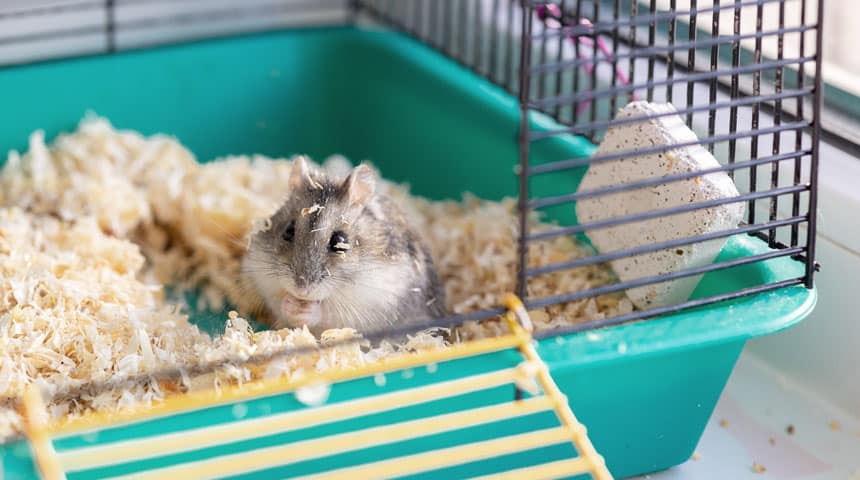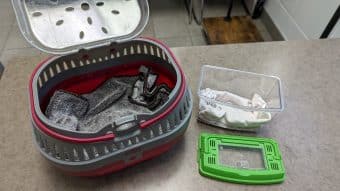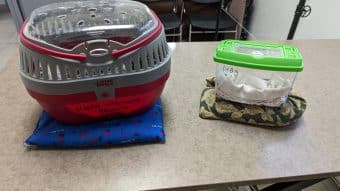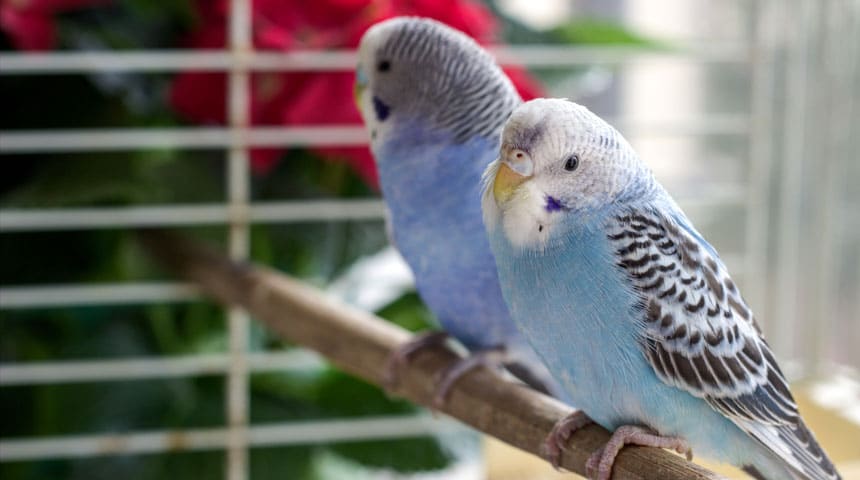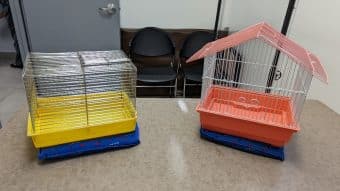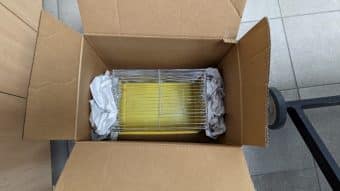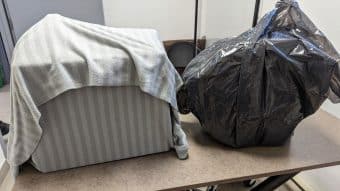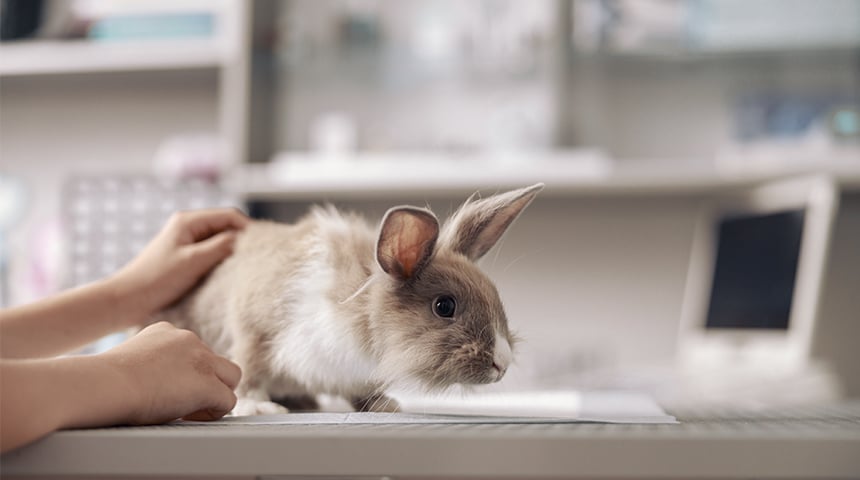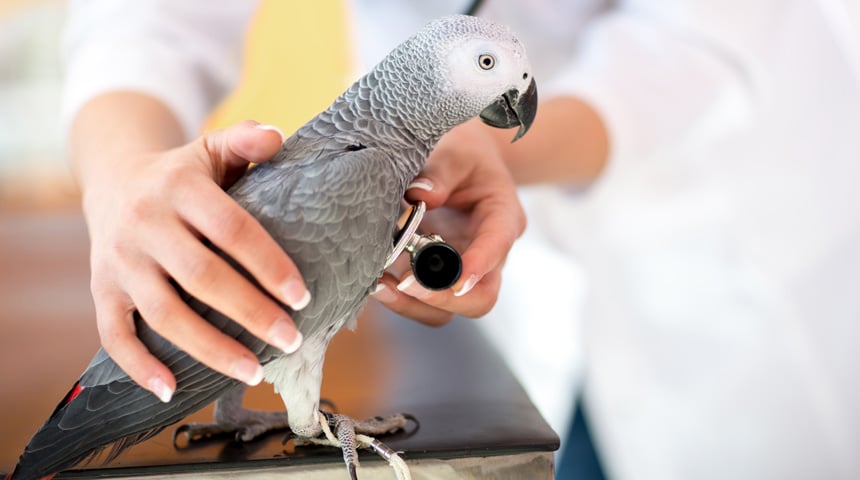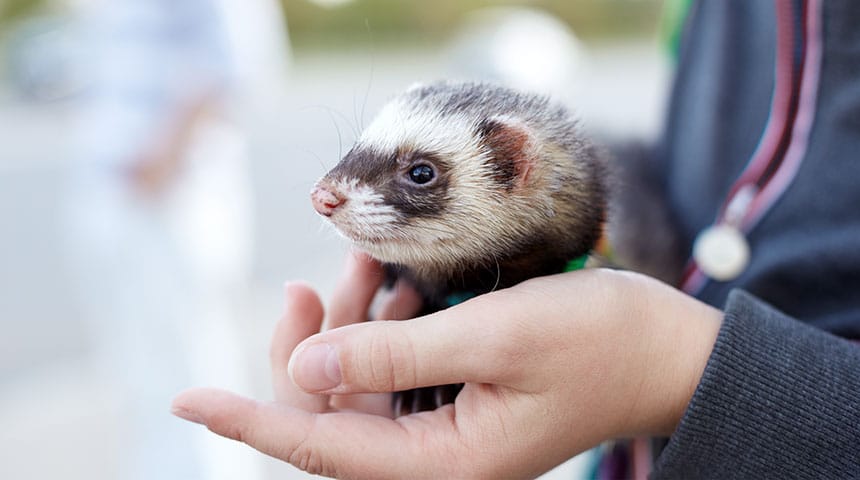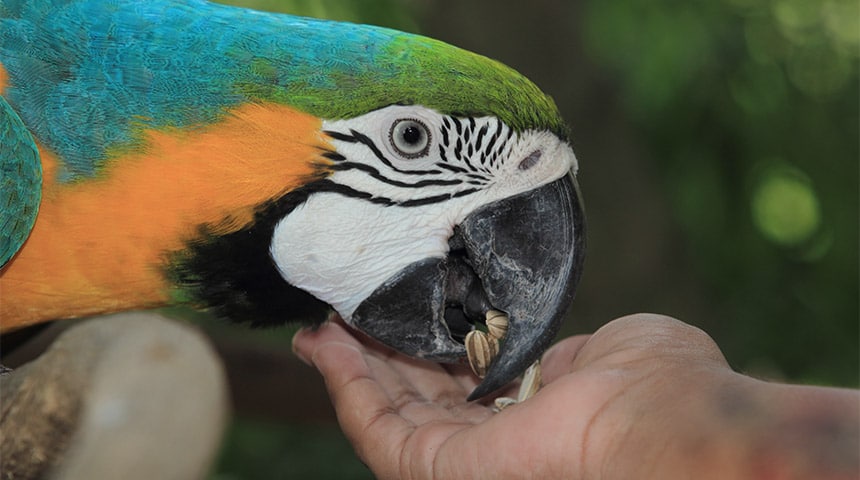Do you have a rabbit, rodent, ferret or another exotic pet and are wondering what's the best way to transport it outside when it's freezing cold?
Here's how to proceed:
Step 1: Start your car with the heating turned up to the maximum a few minutes before you leave.
Step 2: Place a blanket in the bottom of the carrier.
Step 3: Place a preheated magic bag or a hot-water bottle under the carrier.
Step 4: Place the magic bag/bottle in the bottom of a box; put the carrier on top and pad the sides to prevent it from moving inside the box.
Step 5: Close the box so that air can circulate inside, allowing your pet to breathe easily.
Step 6: Wrap the box in a blanket, which you can also warm up beforehand. You'll be able to open it a little once you're in the warm car.
And there you have it, your buddy will stay nice and warm throughout the ride!
Danielle P., TSA
Hôpital Vétérinaire Blainville


